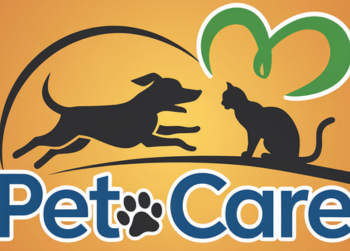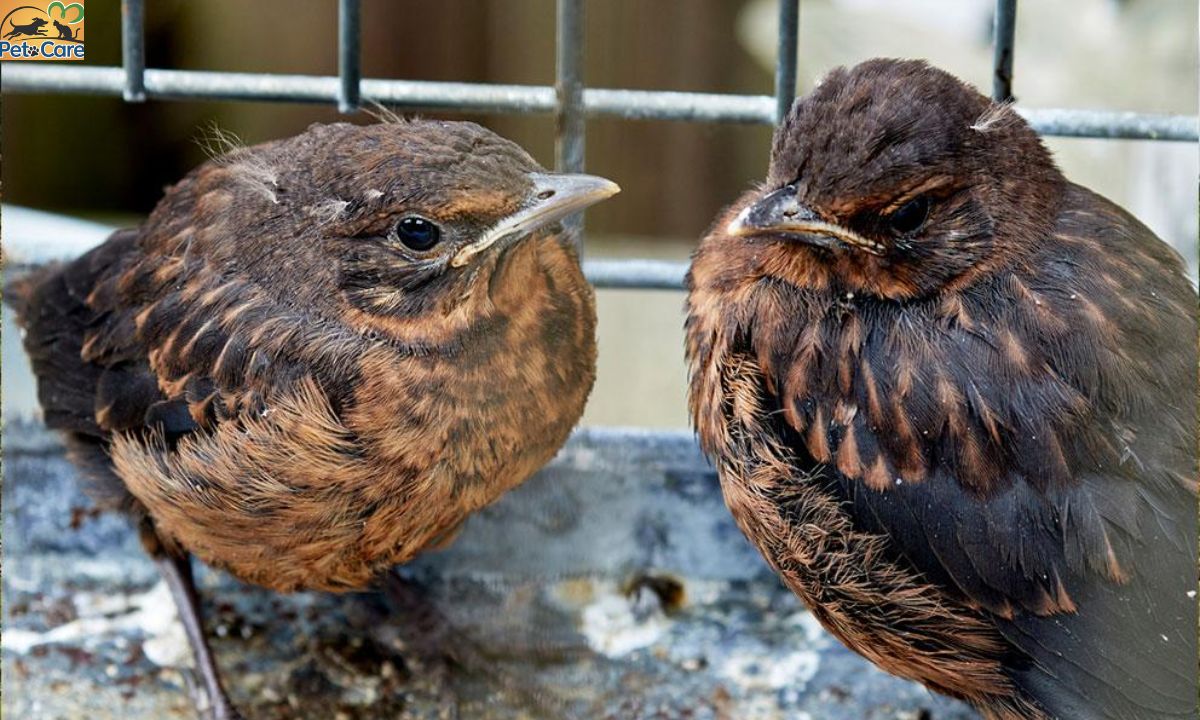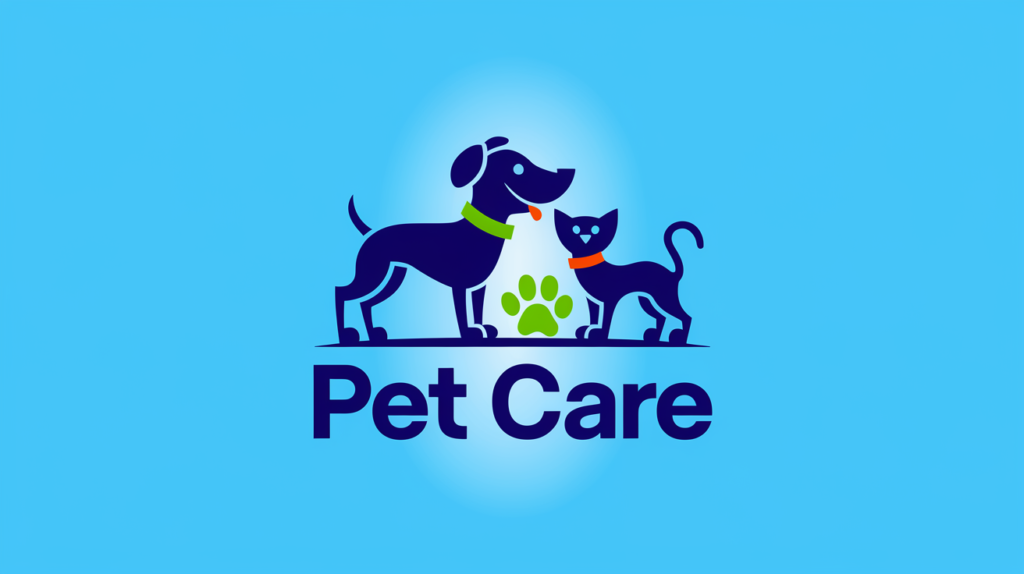Finding proper care for an injured bird can be challenging when you’re unsure where to turn. Whether you’ve discovered a fallen nestling, witnessed a window collision, or found an injured wild bird,
knowing the right resources and organizations can make all the difference in saving a bird’s life. This comprehensive guide will help you navigate the options available for wildlife rescue and rehabilitation.
Who Should I Call If I Am Concerned About a Bird?
When you encounter an injured or distressed bird, your quick action can be crucial to its survival. The first step is determining whether the bird actually needs human intervention. Not all birds that appear to need help actually require rescue.
Wildlife rescue centers also offer professional care for injured birds and can provide guidance on what to do before bringing the bird in. Many areas have dedicated bird rescue organizations that focus specifically on avian wildlife.
Is the RSPB the Right Organisation to Contact?
The Royal Society for the Protection of Birds (RSPB) primarily focuses on bird conservation rather than hands-on rescue and rehabilitation. While they can provide advice about birds in distress, they typically do not have the facilities to take in injured birds directly.
The RSPB does operate a wildlife advice line that can offer guidance on what to do if you find an injured bird. They can also direct you to local rehabilitation centers that can provide the specialized care needed. Their expertise lies in bird identification and behavior, making them a valuable resource for information.
Baby Garden Birds
Finding a baby bird can be concerning, but it’s important to understand the natural development stages of young birds before intervening. Many well-intentioned rescues of baby birds are actually unnecessary and can do more harm than good.
Nestlings are very young birds that have few or no feathers and are not ready to leave the nest. If you find a nestling on the ground, it likely fell accidentally and may need help.
Signs that a baby bird might
- Obvious injuries
- Being attacked by a predator
- Cold to the touch
- Covered in flies or ants
- Nestling found on the ground with no visible nest
Read This Blog; How to Help a Bird with a Broken Wing
Other Species of Baby Wild Birds
Different bird species have varying needs when it comes to rescue and rehabilitation. Understanding these differences can help you provide appropriate assistance. Waterfowl like ducks and geese often travel with their young shortly after hatching.
If you see ducklings or goslings without parents, observe from a distance first, as the parents may be nearby but hidden. If they’re truly orphaned or in danger, contact a wildlife center that specializes in waterfowl.
| Bird Type | Recognition Features | When to Rescue | Special Considerations |
| Garden Birds | Small, often colorful | Only if injured or true nestling on ground | Parents usually nearby watching fledglings |
| Waterfowl | Webbed feet, water-adapted | If separated from group or injured | Can imprint on humans easily |
| Raptors | Sharp talons, hooked beaks | If grounded or visibly injured | Require specialized handling and care |
| Shore/Wading Birds | Long legs, specialized beaks | If injured or far from appropriate habitat | Need specialized diets and environment |
| Ground-nesters | Often camouflaged, nest on ground | Rarely – most are precocial and leave nest early | Parents usually watching from distance |
Who to Contact If a Wild Animal Needs Help
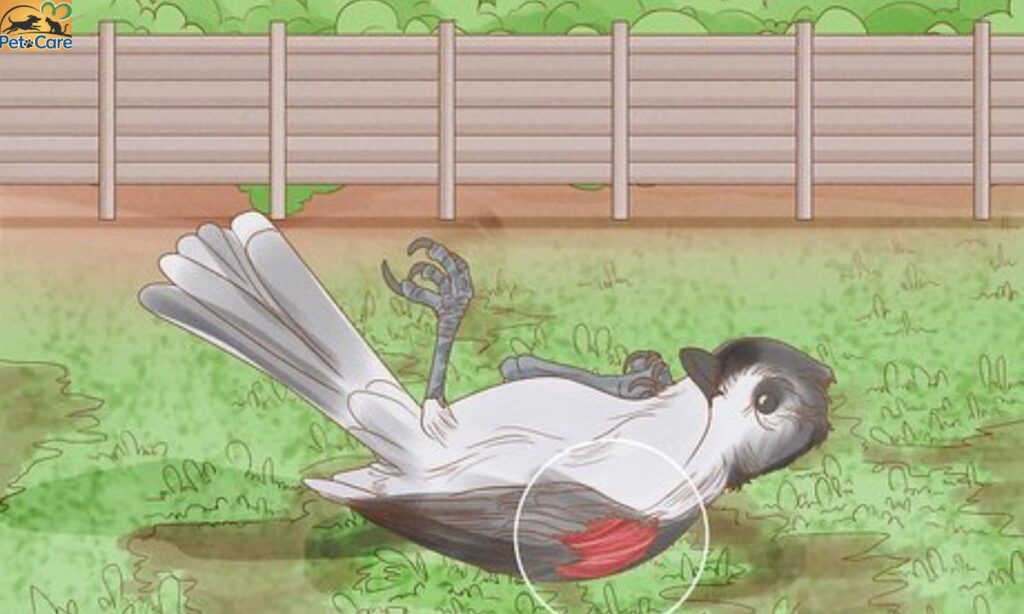
When a wild bird or other animal requires assistance, knowing the right resources can make all the difference in providing timely and appropriate care.
Local Wildlife Rescues
Local wildlife rehabilitation centers are the gold standard for caring for injured or orphaned wildlife. These organizations have trained staff, appropriate facilities, and the necessary permits to legally care for protected species.
Wildlife rehabilitators work to treat injuries, provide appropriate nutrition, and ultimately release healthy animals back to their natural habitat. They can also provide valuable advice on whether an animal truly needs rescue or if it’s best left alone.
To find local wildlife
- Search online for “wildlife rehabilitation” or “wildlife rescue” plus your city or region
- Check national directories of licensed rehabilitators
- Contact your state’s wildlife agency for referrals
- Ask at local veterinary clinics, as they often work with wildlife rehabilitators
When contacting a veterinary
- Call ahead to confirm they can see the animal
- Ask about their experience with the species in question
- Be prepared to transport the animal to a wildlife rehabilitator after initial treatment
- Follow their instructions for safe transport and handling
Reab This Blog; How to Attract Birds to Bird Feeder
The RSPCA, SSPCA and USPCA
These national animal welfare organizations play important roles in wildlife rescue and rehabilitation, though their services vary by location and available resources. These organizations
Typically have inspectors who can respond to reports of injured wildlife, though response times can vary based on staffing and the urgency of the situation. They also operate wildlife centers that can provide care for injured and orphaned animals.
Oil Spills and Oiled Birds
Oil contamination presents a serious threat to birds, affecting their waterproofing, insulation, and ability to fly. Birds contaminated with oil require specialized care and should never be washed by untrained individuals, as improper cleaning can cause more harm than good.
If you discover an oiled bird, contact a wildlife rehabilitation center immediately. These organizations have the proper cleaning agents, facilities, and expertise to safely remove oil from affected birds.
Report oil spills
- Environment Agency (England): 0800 80 70 60
- Natural Resources Wales: 0300 065 3000
- Scottish Environment Protection Agency: 0800 80 70 60
- Environmental Protection Agency (US): National Response Center at 1-800-424-8802
Animals on Roads
Wildlife-vehicle collisions are unfortunately common and can result in injured birds and other animals on roadways. When encountering an animal on or near a road, safety must be your first priority.
To reduce wildlife
- Be especially vigilant at dawn and dusk when animals are most active
- Reduce speed in areas with wildlife crossing signs
- Use high beams when appropriate to increase visibility
- Be aware of seasonal migration patterns that may increase wildlife presence
Which Organisation Should I Contact About Pets, Captive and Domestic Birds?
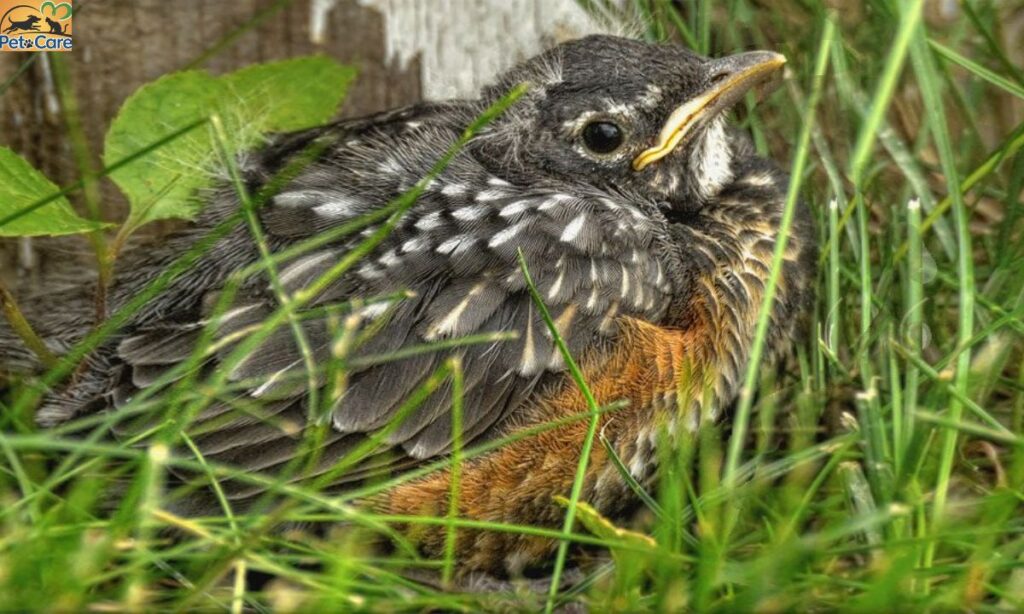
The appropriate resources for pets and captive birds differ from those for wildlife. Understanding these distinctions ensures you contact the right organization for the specific situation. For pet birds like parakeets,
These specialists have training specific to domestic and exotic bird species and can provide appropriate medical care. For emergencies when your regular vet is unavailable, look for emergency veterinary hospitals that accept avian patients.
Prevent Window Collisions
Window collisions are one of the leading causes of bird injuries and deaths worldwide, with billions of birds affected annually. Fortunately, there are many effective strategies to prevent these tragic accidents.
Why birds hit windows: Birds cannot perceive glass as a barrier. They see either the reflection of habitat (trees, sky) or can see through the glass to indoor plants or outdoor habitat on the other side. This creates what appears to be a flyway rather than an obstacle.
To make windows
- Apply window decals or stickers specifically designed to be visible to birds. These should be placed no more than 10 cm (4 inches) apart
- Install external screens or netting at least 7 cm (3 inches) from the glass
- Use bird-friendly window films with patterns visible to birds
- Apply soap, paint, or window markers to create patterns on outside surfaces
- Install external shutters or awnings to reduce ref
| Window Treatment | Effectiveness | Cost | Aesthetics | Durability |
| External Screens | Excellent | Moderate | Good – can be nearly invisible | High |
| Bird-Safe Decals | Good (when properly spaced) | Low | Varies – many decorative options | Moderate |
| Window Films | Very Good | Moderate | Good – many patterns available | High |
| Paracord/String Hanging | Good | Very Low | Moderate – visible but not obtrusive | Moderate |
| Soap/Tempera Paint | Good | Very Low | Low – clearly visible | Low (needs reapplication) |
Frequently Asked Questions
What should I do if I find a baby bird on the ground?
First determine if it’s a nestling (few feathers) or fledgling (mostly feathered). Nestlings should be returned to their nest if possible
How can I tell if a bird is injured or just stunned?
A stunned bird may appear dazed but will recover within minutes to an hour. Injured birds may have visible wounds,
Is it true that touching a baby bird will make its parents abandon it?
No, this is a myth. Most birds have a poor sense of smell and will not reject their young due to human scent.
What should I feed an injured wild bird?
Generally, you shouldn’t attempt to feed injured wild birds unless directed by a wildlife rehabilitator.
How do I safely transport an injured bird to a wildlife center?
Place the bird in a well-ventilated box lined with a soft cloth. Keep the box in a warm, quiet place away from children and pets.
Can I keep a wild bird as a pet if I rescue it?
No, keeping native wild birds is illegal in most countries without specific permits. Wild birds belong in their natural habitats,
What if I can’t find a wildlife rehabilitator nearby?
If no local rehabilitator is available, contact your state’s wildlife agency, humane society, or a local veterinarian for guidance.
Conclusion
Finding an injured bird can be a concerning experience, but knowing the right resources and actions can make a significant difference in the animal’s survival and recovery. Wildlife rehabilitators remain the best equipped professionals to provide appropriate.
Prevention plays a crucial role in reducing bird injuries, particularly through window collision mitigation and responsible pet ownership. By implementing simple measures like window decals or external screens,
